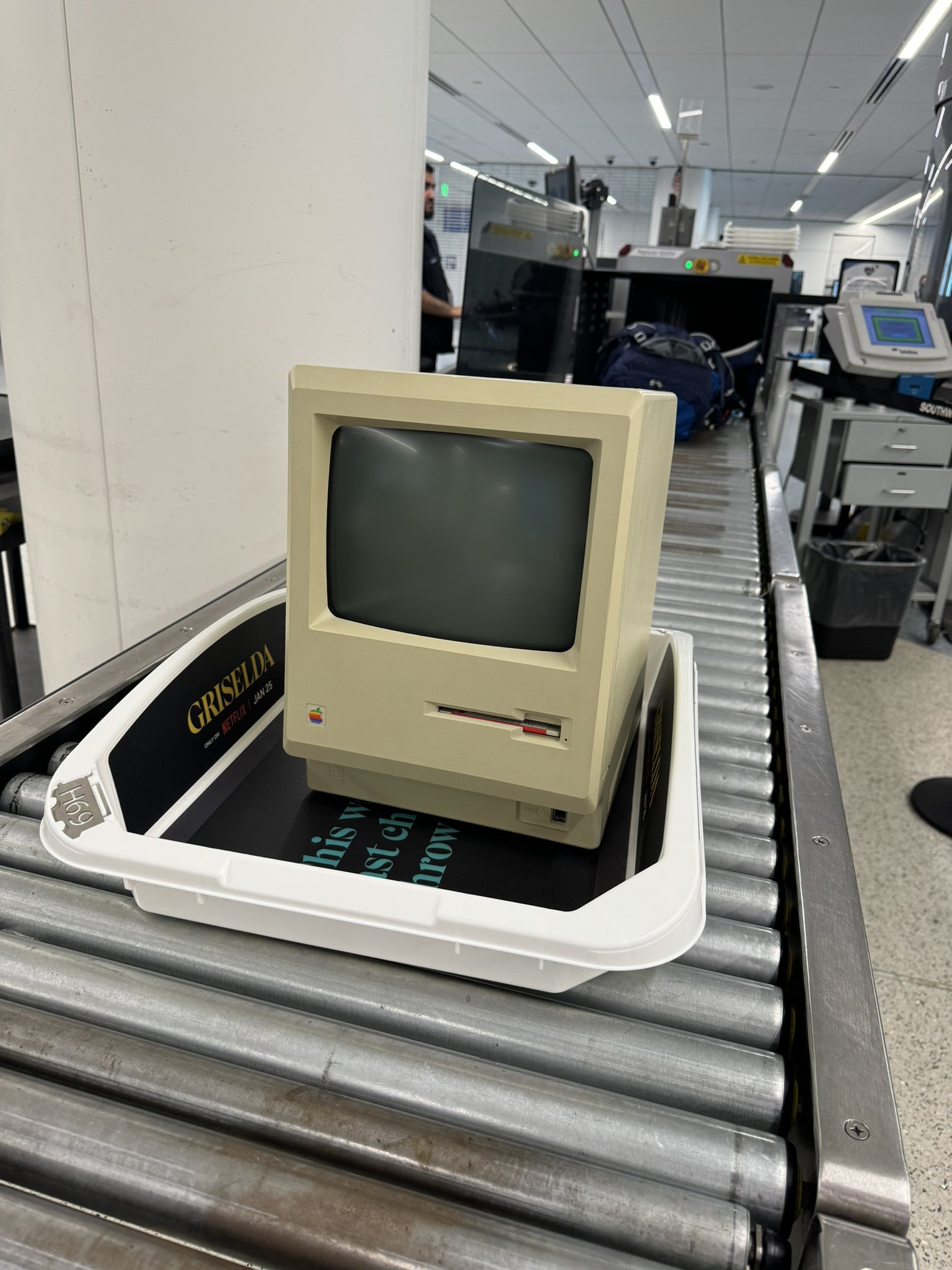The Macintosh, or Mac, is one of the most iconic and influential products in the history of personal computing. It was introduced by Apple in 1984, and since then, it has gone through many changes and improvements, reflecting the evolution of technology and design. In this blog post, we will take a look at some of the milestones and innovations that have shaped the Mac over the past 40 years.
The original Macintosh
The first Macintosh was launched on January 24, 1984, with a famous Super Bowl commercial directed by Ridley Scott. It was a compact, all-in-one computer with a 9-inch black-and-white display, a built-in floppy disk drive, and a mouse. It had a 7.83 MHz Motorola 68000 processor, 128 KB of RAM, and 64 KB of ROM. It ran the Macintosh System Software, which featured a graphical user interface (GUI) that was intuitive and user-friendly. The Macintosh was designed to be easy to use, affordable, and accessible to the masses.
The Macintosh was a revolutionary product that challenged the dominance of IBM and Microsoft in the PC market. It introduced many features that are now standard in modern computers, such as windows, icons, menus, folders, drag-and-drop, and cut-and-paste. It also popularized the use of the mouse as an input device, which made navigation and interaction much easier than using a keyboard alone.
The Macintosh was not without its flaws, however. It had limited memory and storage capacity, which made it difficult to run multiple applications or handle complex tasks. It also lacked expansion slots and ports, which limited its compatibility with other devices and peripherals. It was also relatively expensive compared to its competitors, costing $2,495 at launch.
Despite these drawbacks, the Macintosh was a commercial success, selling over 70,000 units in its first four months. It also attracted a loyal fan base of creative professionals, educators, and enthusiasts who appreciated its innovative design and functionality.
The Macintosh II
The second generation of the Macintosh was introduced in 1987, with the Macintosh II model. It was a significant upgrade from the original Macintosh, featuring a modular design that allowed users to customize and expand their system with various components and cards. It also had a color display option for the first time, supporting up to 256 colors at a resolution of 640 x 480 pixels. It had a 16 MHz Motorola 68020 processor, 1 MB of RAM (expandable to 68 MB), and 256 KB of ROM. It ran the Macintosh System Software 5.0, which added support for multitasking and virtual memory.
The Macintosh II was aimed at the high-end market, targeting professionals who needed more power and flexibility than the original Macintosh could offer. It was also compatible with more devices and software than its predecessor, thanks to its expansion slots and ports. It could connect to SCSI devices, Ethernet networks, AppleTalk networks, printers, scanners, modems, keyboards, mice, joysticks, speakers, microphones, and more.
The Macintosh II was also very expensive compared to its competitors, costing $3,898 for the base model without a monitor or keyboard. It was also bulky and heavy compared to the compact design of the original Macintosh.
The Macintosh II was followed by several variants and successors over the next few years

